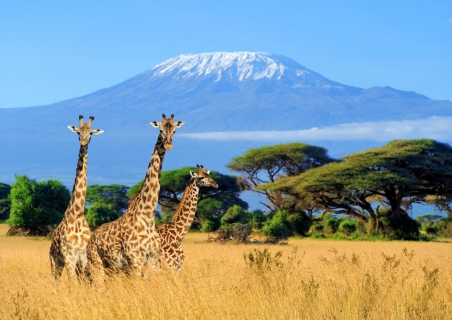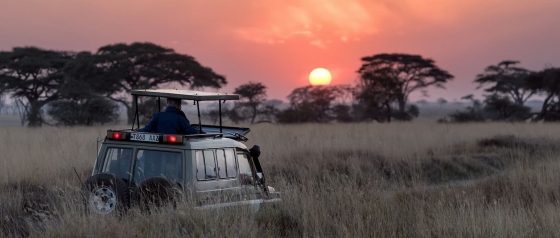Kwangwazi Precipitation: Average Monthly Rainfall and Snowfall
This graph shows the average amount of rainfall per month in Kwangwazi (). The numbers are calculated over a 30-year period to provide a reliable average.
- A lot of rain (rainy season) falls in the months: February, March and April.
- Kwangwazi has dry periods in June, July, August and September.
- On average, March is the wettest month with 153 mm of precipitation.
- On average, July is the driest month with 6 mm of precipitation.
- The average amount of annual precipitation is 798 mm.
Current rainfall in Kwangwazi
partly cloudy and rain
partly cloudy and rain
partly cloudy and chance of slight rain




